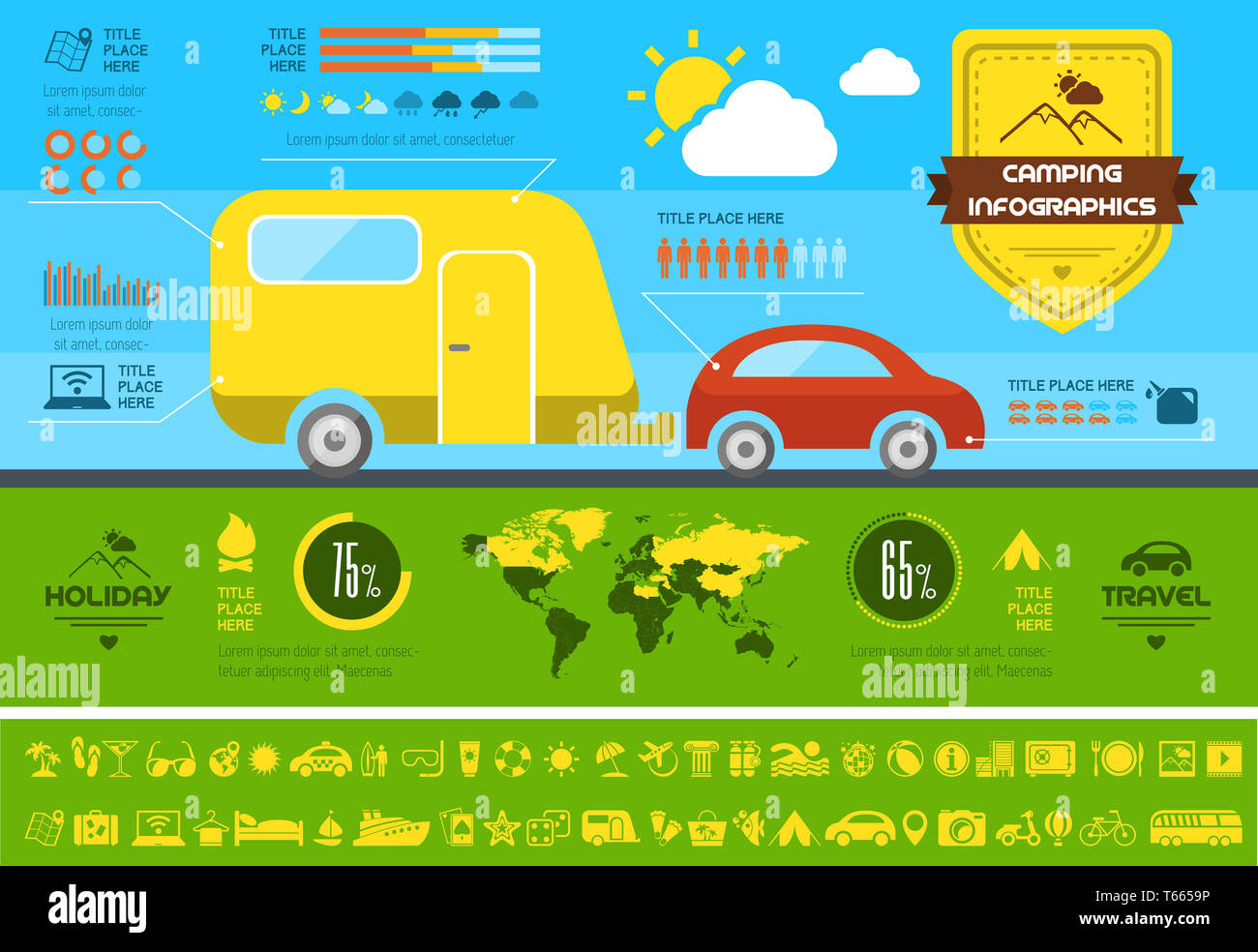Your electronic impact is everything that can be traced back to you online. It includes your photos, messages and searching background. It can likewise consist of metadata from apps.
What temp is too cold to sleep in?
Adding a footprint to the bottom of your tent is a simple method to minimize abrasion and channel water under throughout a tornado. It can additionally aid maintain you cosy.
1. It shields your outdoor tents
Utilizing a footprint under your camping tent includes an additional layer of security between the bottom of your shelter and the soaked ground listed below it. This can help prevent abrasions to the sewn-in floor of your tent and it can maintain water from merging below your backcountry castle.
While the flooring of a lot of contemporary camping tents is made from water resistant materials like silnylon or dyneema, they can still pierce, snag and establish holes from repeated contact with the rocky, pointy, dirt-covered or abrasive ground. An impact can shield the bottom of your tent from these elements and it can additionally make pitching and packing up camp much easier.
Some manufacturers offer outdoor tents impacts especially created for their sanctuary versions, which can make sure a great fit. If your tent does not featured an impact, you can conveniently make one on your own out of Tyvek or various other hard, lightweight material. However, when making a DIY impact, make certain that it's an inch much shorter than your shelter on all sides to avoid creating pockets of moisture that can collect underneath your outdoor tents
2. It expands the life of your camping tent.
A footprint is an additional layer of waterproof material that goes under your camping tent floor. It safeguards the fabric from abrasion and gives an obstacle versus soil moisture that can create damages to the camping tent's waterproofing.
Camping tent footprints are often made from a long lasting, lightweight material like nylon. They may additionally have a greater denier count than your outdoor teepee tent for adults tents's flooring to boost toughness and durability. Footprints can be expensive, specifically if they're particularly made for your tent. For backpackers or those on a spending plan, do it yourself choices like plastic tarps and Tyvek cover are extra cost effective and just as effective at expanding the life of your outdoor tents.
A footprint should be reduced to be simply a little smaller than the real flooring of your tent on all sides. If it's also big, it can catch rain leaking off your tent's rainfall fly and trigger puddling-- a major resource of water leakage. A cut footprint prevents this from taking place.
3. It protects your camping site
An outdoor tents footprint is a great means to safeguard your financial investment in your camping tent from invasive dampness, rocks, and pebbles that can harm or compromise the floor of your outdoor tents. It likewise helps in reducing the quantity of dirt that is tracked right into your tent making it a cleaner and extra comfortable room to sleep in.
Several camping tents have a footprint readily available from the producer which gives a level of fit and snugness you just can't get with a DIY choice. Using a camping tent footprint such as this makes installing your camping tent much quicker and easier as it functions as a guide to customer service up the corners and risks of your outdoor tents. It likewise offers a dry and protective layer under your tent in case of rainfall. This is especially essential if you camp in areas that are prone to flooding or wet problems. Leaving a footprint likewise aids avoid any kind of puddles or swimming pools from collecting under your camping tent which can harm your sleeping pad and equipment.
4. It shields the atmosphere
An ecological footprint is a device that evaluates the pressure applied on natural resources by human activities, examining their intake in relation to Planet's regenerative ability. It is an effective means to raise understanding concerning over-consumption of the planet's natural deposits and encourage sustainable growth practices.
The carbon footprint gauges the launch of a number of world-warming gases (such as methane, laughing gas and fluorinated gases) right into the atmosphere. The outcomes are shared in CO2-equivalent units, that makes it very easy to compare the environment influences of different tasks, items and countries.
The footprint of a firm or individual is based on a range of variables, including way of life, usage, and power sources, in addition to the economic situation and population density. For example, a diet plan abundant in meat and imported animal products has a much greater eco-friendly footprint than a vegetarian diet regimen. Similarly, driving an automobile generates even more carbon emissions than utilizing public transportation or strolling. The use of eco-friendly power and including environmental criteria into ask for tenders also decrease the environmental impact.
How long does a canvas tent last?
